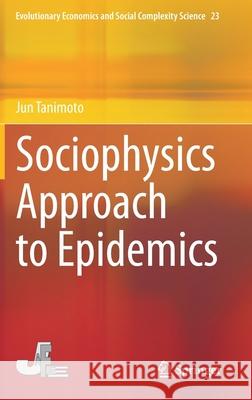Sociophysics Approach to Epidemics » książka
topmenu
Sociophysics Approach to Epidemics
ISBN-13: 9789813364806 / Angielski / Twarda / 2021 / 289 str.
Sociophysics Approach to Epidemics
ISBN-13: 9789813364806 / Angielski / Twarda / 2021 / 289 str.
cena 201,72
(netto: 192,11 VAT: 5%)
Najniższa cena z 30 dni: 192,74
(netto: 192,11 VAT: 5%)
Najniższa cena z 30 dni: 192,74
Termin realizacji zamówienia:
ok. 22 dni roboczych
Dostawa w 2026 r.
ok. 22 dni roboczych
Dostawa w 2026 r.
Darmowa dostawa!
Kategorie:
Kategorie BISAC:
Wydawca:
Springer
Seria wydawnicza:
Język:
Angielski
ISBN-13:
9789813364806
Rok wydania:
2021
Wydanie:
2021
Numer serii:
000607004
Ilość stron:
289
Waga:
0.60 kg
Wymiary:
23.39 x 15.6 x 1.91
Oprawa:
Twarda
Wolumenów:
01
Dodatkowe informacje:
Wydanie ilustrowane











